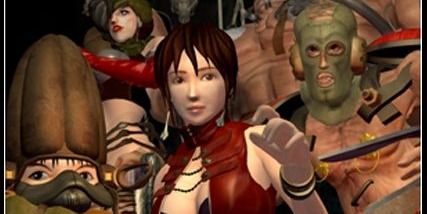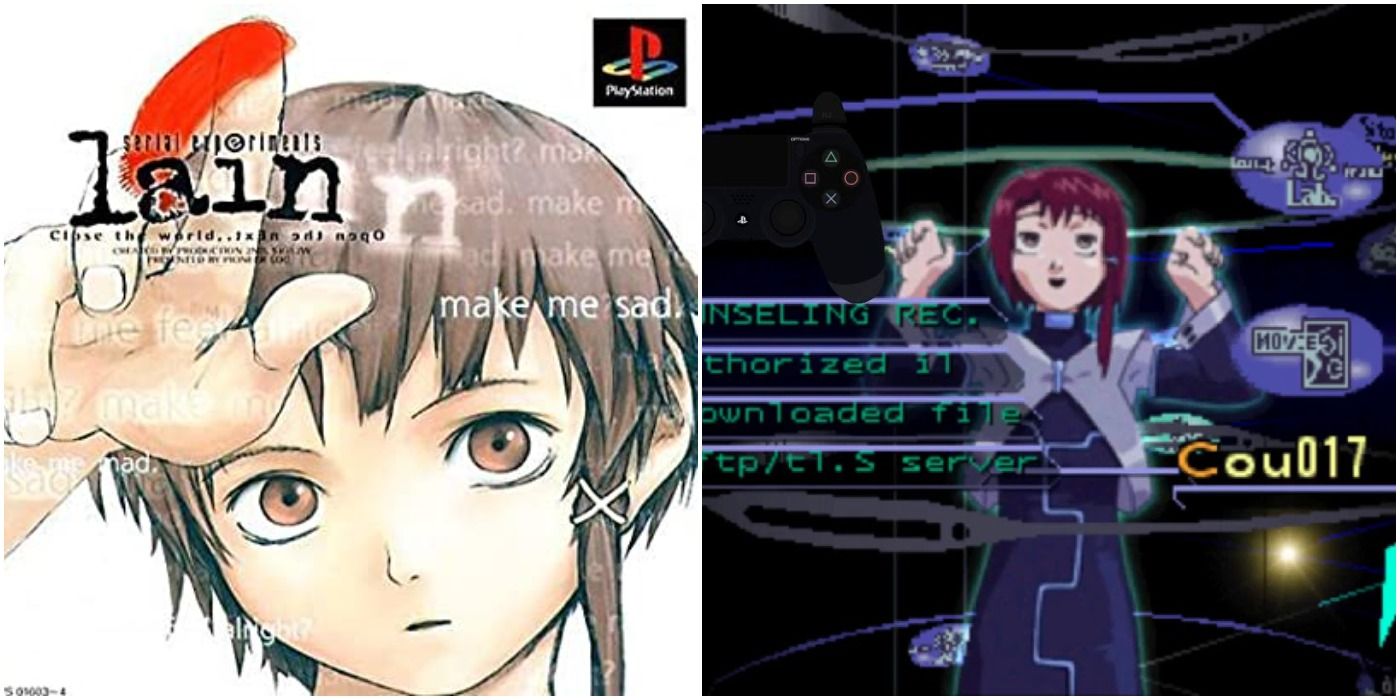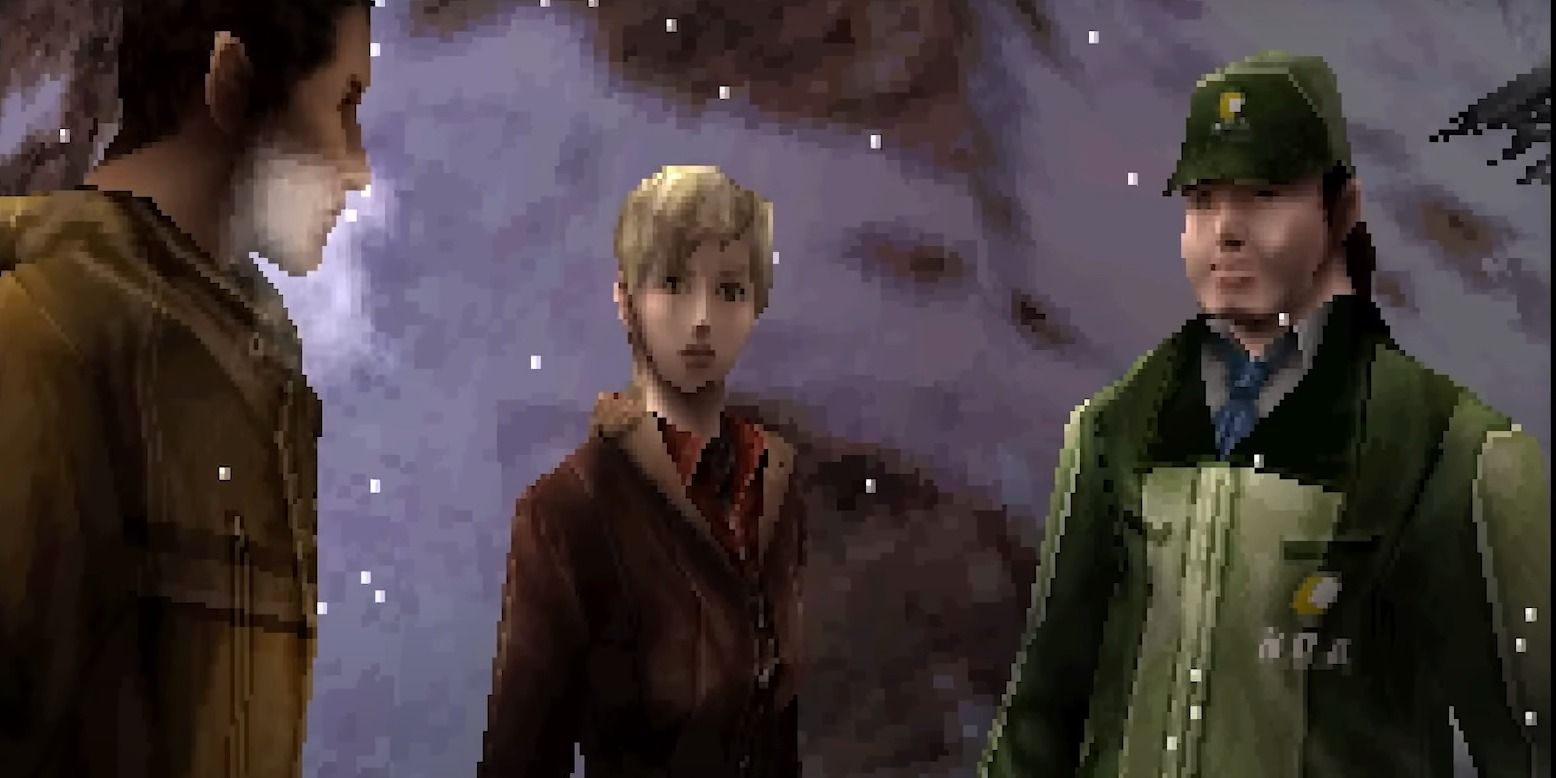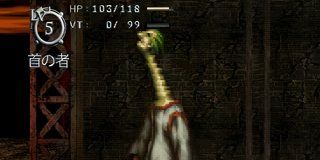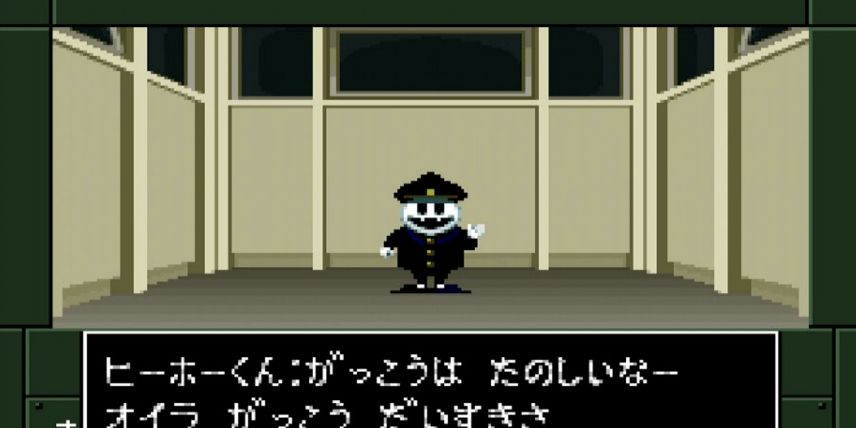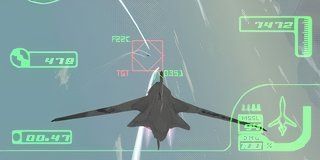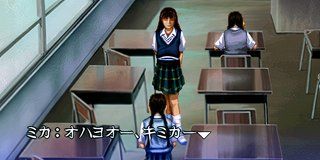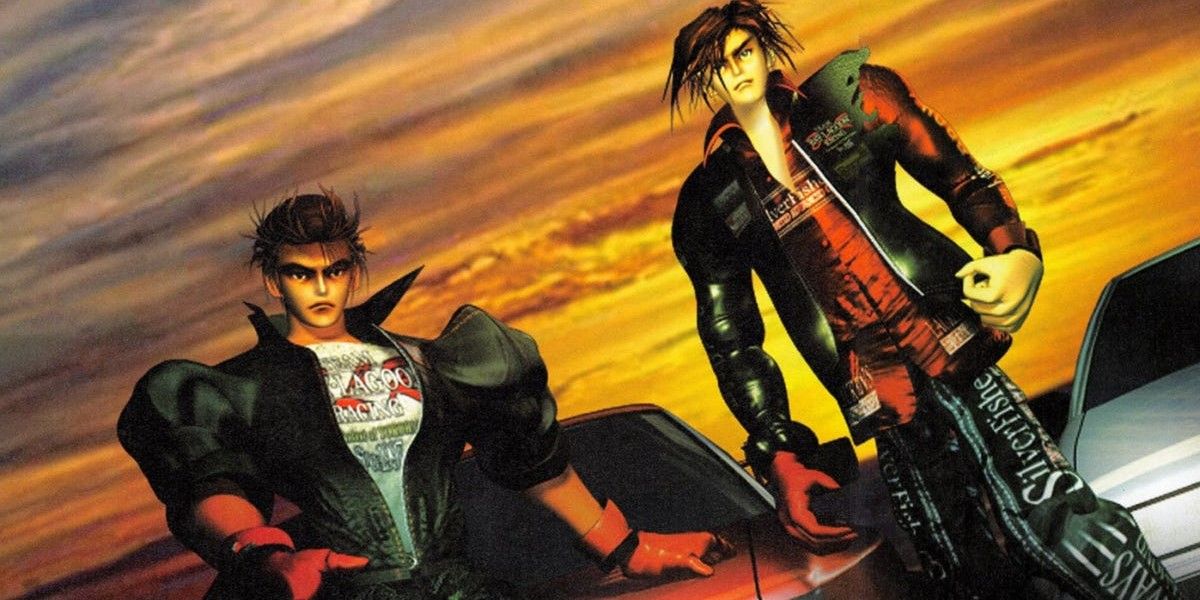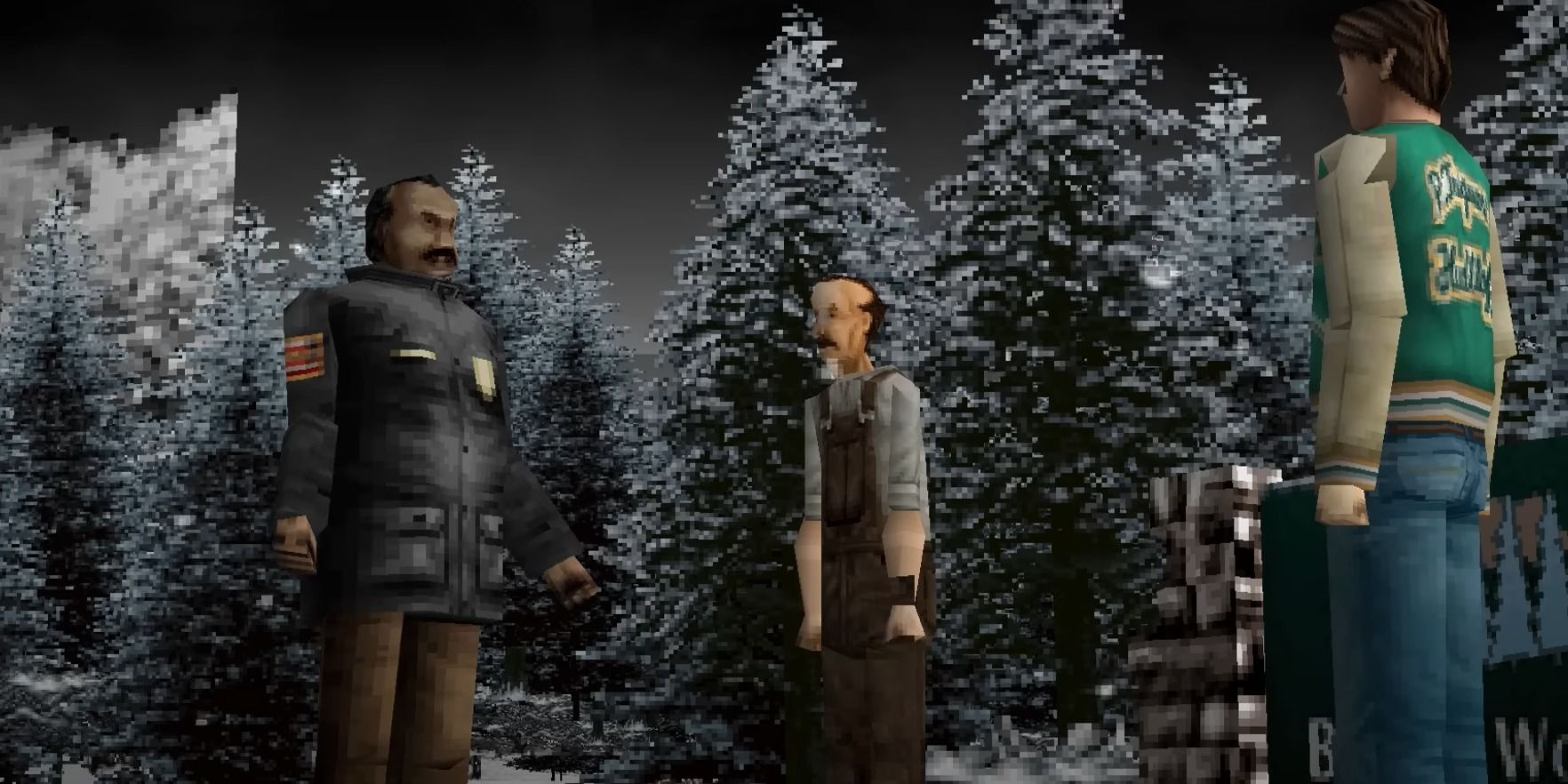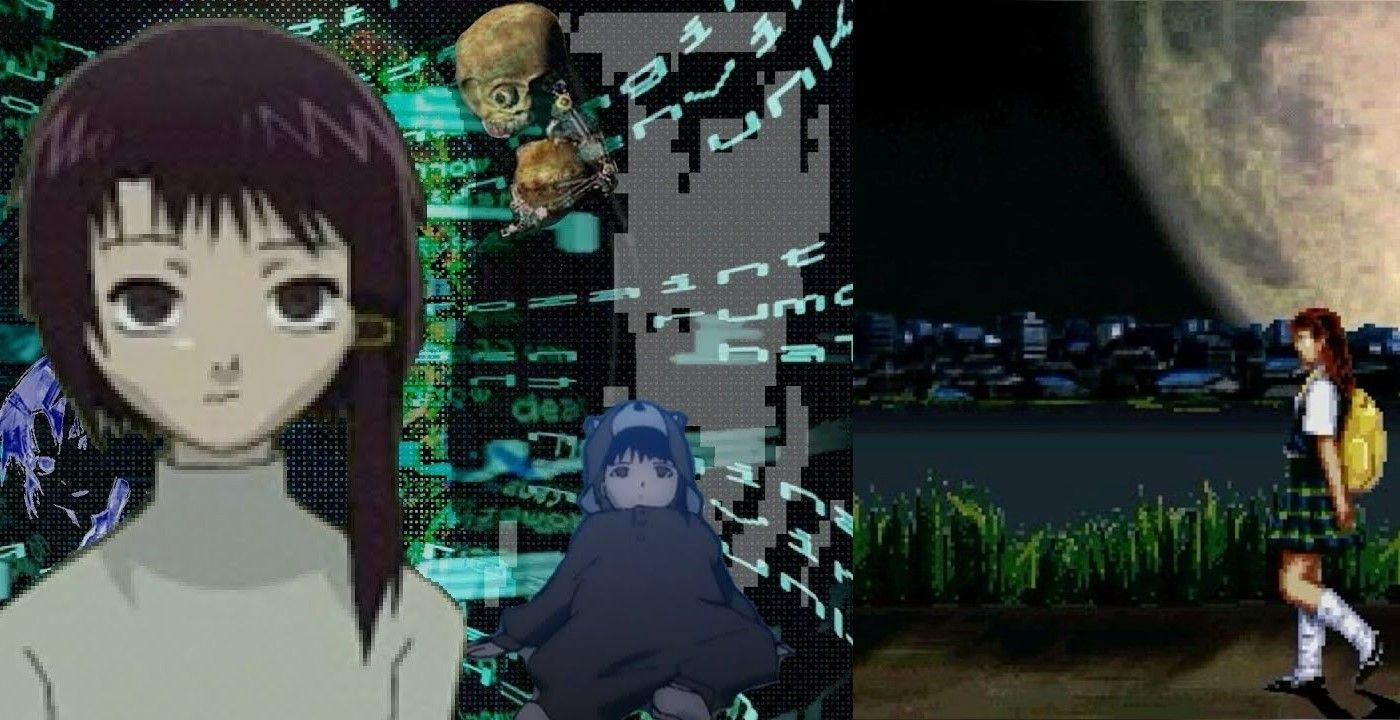
جاپان کے پاس خطے میں بند کھیلوں کی دولت ہے جس نے حدود کو دھکیل دیا ہے، لیکن ان میں سے بہت سے عنوانات کبھی بھی مغرب میں نہیں آئے۔ ایک بڑی رکاوٹ ترجمہ اور اس کے موروثی چیلنجز تھے۔ جاپانی کانجی عمودی طور پر لکھا جاتا ہے اور انگریزی کے مقابلے میں بہت کم جگہ لیتا ہے، جو افقی ہے اور زیادہ حروف استعمال کرتا ہے۔ دیگر مسائل، جیسے محدود بجٹ اور بغیر انٹرنیٹ کے لوکلائزیشن کے ہم آہنگی نے گیمز کو بیرون ملک لانا ایک یادگار کام بنا دیا۔ علاقائی ذائقہ نے بھی کردار ادا کیا۔ بہت سے جاپانی کھیل غیر روایتی اور تجرباتی تھے، اور ایک مفروضہ تھا کہ مغربی سامعین ان سے رابطہ نہیں کریں گے۔
یہ وجوہات اس بات کی وضاحت کرنے میں مدد کرتی ہیں کہ مغرب ان گیمز سے کیوں محروم رہا، لیکن پیچھے رہ جانے والے عنوانات کے متنوع کیٹلاگ پر غور کرتے ہوئے، خاص طور پر پلے اسٹیشن پر نقصان کا احساس اب بھی موجود ہے۔ ڈیجیٹل دور نے ان میں سے بہت سی رکاوٹوں کو توڑ دیا ہے، اور پبلشرز نے پہلی بار انگریزی میں کچھ پرانے عنوانات جاری کرنا شروع کر دیے ہیں۔ تاہم، غیر ترجمہ شدہ پلے اسٹیشن گیمز کا خزانہ باقی ہے، اور جب کہ شائقین نے کچھ خلا کو پُر کرنے کے لیے قدم رکھا ہے، بہت سے عنوانات جاپان سے باہر ہر کسی کے لیے ایک معمہ بنے ہوئے ہیں۔
10
کولون کا گیٹ کھلاڑیوں کو افسانوی شہر کے اندر لے جاتا ہے۔
کولون کا گیٹ ایک اوڈ بال پزلر ہے جس میں عجیب مکینکس اور یہاں تک کہ عجیب و غریب رہائشی بھی شامل ہیں۔
بہت سے جاپانی خصوصی گیمز مغرب کے لیے ان کی اوباش اور باطنی نوعیت کی وجہ سے مقامی نہیں تھے، اور کولون کا دروازہ اس کی ایک اہم مثال ہے. گیم میں، بدنام زمانہ Kowloon Walled City پراسرار طور پر ہانگ کانگ میں ین کے دائرے سے ابھر کر سامنے آیا ہے۔ ہانگ کانگ کی سپریم فینگ شوئی کانفرنس کھلاڑی، ایک سپر فینگ شوئی پریکٹیشنر کو، ین اور یانگ کے درمیان توازن بحال کرنے کے لیے مافوق الفطرت شہر میں داخل ہونے کا کام تفویض کرتی ہے۔
کولون کا دروازہکی کہانی کو فالو کرنا مشکل ہو سکتا ہے، یہاں تک کہ جاپانی کھلاڑیوں کے لیے، لیکن گیم کی عجیب و غریب چیزیں اور تماشے اس کی تلافی کرتے ہیں۔ کی طرح میسٹ، کھلاڑی سٹیٹک گرڈ پر مبنی انداز میں شہر کو نیویگیٹ کرتے ہیں، لیکن پہیلیاں ہلکی ہیں اور پیش رفت کو روک نہیں پائیں گی۔ پہلے فرد کے حصے بھی ہیں جہاں کھلاڑی بھولبلییا پر جائیں گے اور گیم کے منفرد جنگی نظام کے ساتھ مشغول ہوں گے۔ کولون کے شہری عجیب اور بدلے ہوئے ہیں، پریزنٹیشن اکثر جسمانی ہارر سٹائل میں ڈھل جاتی ہے، لیکن ان کے ساتھ بات چیت کرنے میں خوشی ہوتی ہے اگرچہ ان کی ظاہری شکل کبھی کبھار ناگوار ہوتی ہے۔ اصل کولون کا دروازہ سرکاری یا مداح کا ترجمہ موصول نہیں ہوا ہے۔; تاہم، انگریزی زبان کے اختیارات کے ساتھ 2018 میں VR موافقت جاری کی گئی۔
9
سیریل تجربات لین ایک کلٹ کلاسک اینیمی کی غیر روایتی موافقت ہے۔
سیریل تجربات میں، کھلاڑی نیٹ سرف کرتے ہیں اور گہرے صدمے سے پردہ اٹھاتے ہیں۔
سیریل تجربات لین 90 کی دہائی کا اینیمی دیکھنا ضروری ہے۔ یہ سائبر پنک نفسیاتی ہارر سیریز ہائی اسکولر لین ایواکورا کی پیروی کرتی ہے جب وہ "دی وائرڈ” کے ورچوئل دائرے میں قدم رکھتی ہے۔ anime ناظرین کو پریشان کرنے اور الجھانے کے لیے ماہر سنیماٹوگرافی اور غیر روایتی حرکت پذیری کے انداز کا استعمال کرتا ہے، اور اس کے ساتھ ایک بہترین ساؤنڈ ٹریک ہے جس نے حال ہی میں TikTok پر مقبولیت حاصل کی ہے۔ جو بہت سے لوگ نہیں جانتے وہ ہے۔ سیریل تجربات لین ویڈیو گیم کی موافقت موصول ہوئی۔. پلے اسٹیشن 1 کے لیے 1998 میں ریلیز ہوئی، اس گیم نے کبھی جاپان نہیں چھوڑا اور اب یہ ایک نایاب اور مطلوبہ عنوان ہے۔
کا PS1 ورژن سیریل تجربات لین ایک سیدھی موافقت نہیں ہے۔ اس کے بجائے، یہ لین کو اپنے ڈیسک ٹاپ کمپیوٹر کے ذریعے "دی وائرڈ” کی کھوج کی نقل کرتا ہے۔ کہانی anime سے الگ ہے اور لین کی تھراپسٹ ٹوکو یونیرا کے ساتھ بات چیت پر توجہ مرکوز کرتی ہے کیونکہ وہ اپنی نفسیات کے مختلف پہلوؤں کو کھولتی ہے۔ کھلاڑی آڈیو اور بصری اشارے جمع کرتے ہیں جو انہیں غیر لکیری انداز میں خفیہ معلومات کو اکٹھا کرنے کی اجازت دیتے ہیں۔ یہ درجہ بندی سے انکار کرتا ہے اور بصری ناول سے بالکل مختلف محسوس ہوتا ہے۔ یہ گیم واقعی ایک منفرد تجربہ پیش کرتا ہے، جو کھلاڑیوں کو 90 کی دہائی کے طرز کے صارف انٹرفیس میں غرق کرتا ہے اور انسانی ذہن اور حالت کی گہرائیوں کو ایک ایسی کہانی میں بیان کرتا ہے جو ایک ٹریفک نوٹ پر ختم ہوتی ہے۔
8
Aconcagua ایک بلاک بسٹر گیم ہے جس کا مقصد وسیع تر سامعین کے لیے ہے۔
ہائی سٹیکس سیاسی سازش اور خطرہ ایکونکاگوا کو ایک منفرد نقطہ اور کلک ایڈونچر بنا دیتا ہے
Aconcagua feels like what might happen if Supermassive Games or David Cage attempted to make a cinematic blockbuster game in 2000. Released near the tail-end of the PlayStation 1’s lifecycle, Aconcagua is an action/point-and-click hybrid with a narrative reminiscent of a Hollywood blockbuster. It features full English and Spanish voice acting and a bombastic orchestral soundtrack that amplifies its cinematic flair.
The game takes place in the fictional state of Meruza, which is undergoing political turmoil and a revolution. As a plane soars past the real-life Aconcagua peak, a bomb is detonated, causing it to crash and leaving only five survivors. Among these survivors is Pachemama, leader of Meruza’s independence movement. The characters have to band together as they are hunted across the mountain by regime loyalists. The plot delves into geopolitical musings such as the U.S. and CIA’s role in South America, resource control, and exploitation by corporations. Luckily, Aconcagua received a complete English fan translation in 2022. It’s a high-stakes adventure that needs to be experienced.
7
Baroque Is a JRPG With an Uncompromised Artistic Vision
Baroque Is an Unsettling JRPG That Tasks Players With Killing God in a Post-Apocalyptic World
Baroque is a rather unsettling JRPG released in 1999 for the PlayStation 1 by Atlus. It’s another game that was dubbed “too weird” for a Western release. Much of this stems from its heavy use of Christian iconography and its ultimate objective: slaying God, a common theme in many JRPGs of the era. Baroque is a dungeon crawler set in a post-apocalyptic world where players fight their way to the top of the Neuro Tower, much like Persona 3’s Tartarus.
Outside the tower, players encounter a variety of strange, mutated beings, such as the Meta-Beings, which must be purified. The story is convoluted, incorporating new-age and religious themes, but interacting with characters helps players piece together the history of this alien yet once-human world. A remake of Baroque was released for the PlayStation 2 in 2007, but it lacks the original’s distinctive art style, with many 3D models losing the grungy aesthetic so well captured in the pixel art of the original. For its pure artistic merit, the original Japanese version remains the definitive experience.
6
Shin Megami Tensei If… Is a Lost Atlus Spinoff
Several Early Megami Tensei Titles That Have Yet to be Localized Capture the Core SMT Experience
In recent years, Atlus has made a big splash in Western Countries, largely thanks to the success of the Persona series. The mainline Shin Megami Tensei games have also transitioned from cult classics to mainstream hits. However, for a long time, many Atlus titles remained exclusive to Japan, including the original Shin Megami Tensei and its spinoff, Shin Megami Tensei If…. Originally released on the Super Famicom, Shin Megami Tensei If… received an enhanced port for the PlayStation in 2002, two years after the release of the PlayStation 2.
The game’s story branches out from the original Shin Megami Tensei narrative. Ideo Hazama, a bullied student from the first game, performs a devil-summoning ritual but ends up possessed. Karukozaka High School is transported into the demon’s realm, forcing the trapped students to fight their way out. Shin Megami Tensei If… features multiple routes, each leading to different and often surprising endings. Players can also embark on a second playthrough to unlock a secret final ending. The combat is the traditional SMT fare, complete with its notorious difficulty. This spin-off stands as an enjoyable entry that offers insight into Atlus’ early days and the foundations of a now universally acclaimed JRPG series.
5
The Japanese Version of Ace Combat 3: Electrosphere is the Definitive Edition
Ace Combat 3: Electrosphere Contains Exponentially More Content and Delivers a More Enjoyable Experience
Yes, Ace Combat 3 was released in the West, but what players got was a watered-down experience that stripped away many of the features that made the Japanese version exceptional. The version released in Japan in 1999 included fully developed characters, voice acting, animated cutscenes, and a fleshed-out story. However, the 2000 Western release gutted much of this, leaving players with a bare-bones experience.
While the story in Ace Combat games can often be ignored, those who engage with it find the franchise’s unique brand of high-intrigue geopolitical storytelling highly compelling. Ace Combat 3: Electrosphere excels at creating meaningful downtime between frantic missions, allowing squad mates to develop as characters. This makes their chatter on comms feel more personal and adds emotional weight to events like the loss of a fellow ace. The Japanese version also includes a branching narrative with five possible endings. A nice touch is that players can access a terminal to read emails, which adds context to the world and deepens relationships with squad mates.
4
Twilight Syndrome Shows Suda51’s Unique Approach to Game Design
Twilight Syndrome Is a Slow-Paced 2D Horror Side-Scroller About Girls Investigating Urban Legends
Twilight Syndrome isn’t Suda 51’s first game, as he only partially directed it, but hints of future “Sudaisms” can be found in both it and its follow-up, Moonlight Syndrome. Twilight Syndrome is an adventure game about a group of high school girls investigating classic Japanese urban legends. While the game is technically a side-scroller, it’s unconventional in its approach. Movement is deliberately slow to heighten tension, with running limited to pre-determined moments. The visuals combine 2D character sprites with 3D-rendered environments, creating a pseudo-3D aesthetic.
Developer Human Entertainment and Spike went to great lengths to perfect the game’s ambiance, aesthetic, and characterization. To authentically portray 1990s Japanese high school life, actors were filmed against a blue screen performing various actions to inform the 2D character animations. Developers also observed and recorded conversations with high school students to capture their lingo and nuances. A female staff member reviewed this dialogue to ensure it felt realistic and true to life. Twilight Syndrome and Moonlight Syndrome are both exceptional narrative-driven horror games, but neither has ever received an official or fan translation.
3
Square’s Racing Lagoon Is a Racing Game RPG Mashup That Oozes Style
Racing Lagoon Is a PlayStation Classic Brings a Fresh Take on a Stagnant Genre
Square isn’t known for releasing racing games. Aside from the long-running Chocobo Racing series, their catalog includes just two motor racing titles. One is their 2000 Gran Turismo competitor, Driving Emotion Type-S, a middling effort. The other is the effortlessly cool Racing Lagoon. In classic Square fashion, this 1999 racer was a “High-Speed Driving RPG” that told an in-depth story spanning from twisty Japanese backwards to corporate offices where suits were cooking up nefarious plans.
Square didn’t license any cars for Racing Lagoon, so while it might seem like players are driving a Toyota Trueno AE86 or a Nissan Skyline, they’re actually behind the wheel of a facsimile. Thankfully, the lack of real cars doesn’t take away from the game’s appeal. Though the controls might feel unfamiliar to those accustomed to analog sticks or racing wheels, the story and aesthetic still make it a title worth playing. It’s a game bursting with charm; characters use a "Lagoon-go” accent, which is a poetic dialogue that incorperates English words. The soundtrack is a funky mix of jazz and techno fusion that used the PS1’s sound chip to incorporate live recordings. Thanks to the dedicated efforts of fans, Racing Lagoon has been fully translated into English.
2
Mizzurna Falls Is an Interactive Twin Peaks Episode
Mizzurna Falls Showed That the PlayStation 1 Was Capable of Great Feats
Mizzurna Falls was Deadly Premonition before Deadly Premonition. In the 90s, Japan went through a period of Twin Peaks mania, and while David Lynch is sadly no longer with us, his impact is present in essentially two decades of media. The game takes place in the fictional town of Mizzurna Falls, Colorado. When one high school student is attacked by a bear and left unconscious and another mysteriously goes missing, their classmate Mathew Williams takes it upon himself to investigate these strange events.
The game is a 3D open-world adventure where players explore the small town in a Volkswagen Beetle. The mystery must be solved within seven in-game days, with five real-time minutes equating to one in-game hour. Much like Twin Peaks and Deadly Premonition, the town is filled with quirky characters who are all harboring dark secrets. Every resident follows their own schedule, requiring the player to be punctual or risk missing key interactions that could hinder progress. While this system can be frustrating and may even soft-lock progression, it’s remarkable that developer Human Entertainment managed to implement such mechanics, and the game is a must-play thanks to its pure technical achievements and engaging story. Mizzurna Falls has received a full English translation, though using a guide is highly recommended.
1
LSD: Dream Emulator is a Mind-Bending Experience
The Original Walking Simulator is More of an Art Gallery Than a Game
LSD: Dream Emulator is one of the most notable region-locked games ever made. It stands out as an oddity and a pure spectacle, delving into a unique brand of surreal experimentation. Some might call it the original walking simulator, stripping the player of control and instead guiding them through a polygonal gallery of oddities. Released in 1998, LSD: Dream Emulator has no real objectives. Players are simply transported to unusual environments, exploring until they walk into an object or tunnel to transition to the next dream.
The game was conceived by multimedia artist Osamu Sato, who used the medium to create immersive 3D art focused on player experience rather than gameplay. While it has no clear objectives, fans have discovered an ending in the game’s files, though, true to the spirit of LSD: Dream Emulator, it makes no sense. The game has been translated into English by dedicated fans, but it still offers little context for the bizarre scenes on screen.
